11 Vegetables You Can Grow Indoors All Year Long
You do not need a large outdoor garden to grow your own vegetables. With the right care and environment, many vegetables can thrive indoors all year long. Let’s explore some of the best vegetables to grow in your home, no matter the season. Indoor gardening allows you to enjoy fresh produce without leaving the house. Check out this article to learn how you can start growing vegetables indoors and enjoy homegrown food all year long.
This post may contain affiliate links, which helps keep this content free. Please read our disclosure for more info.
Lettuce
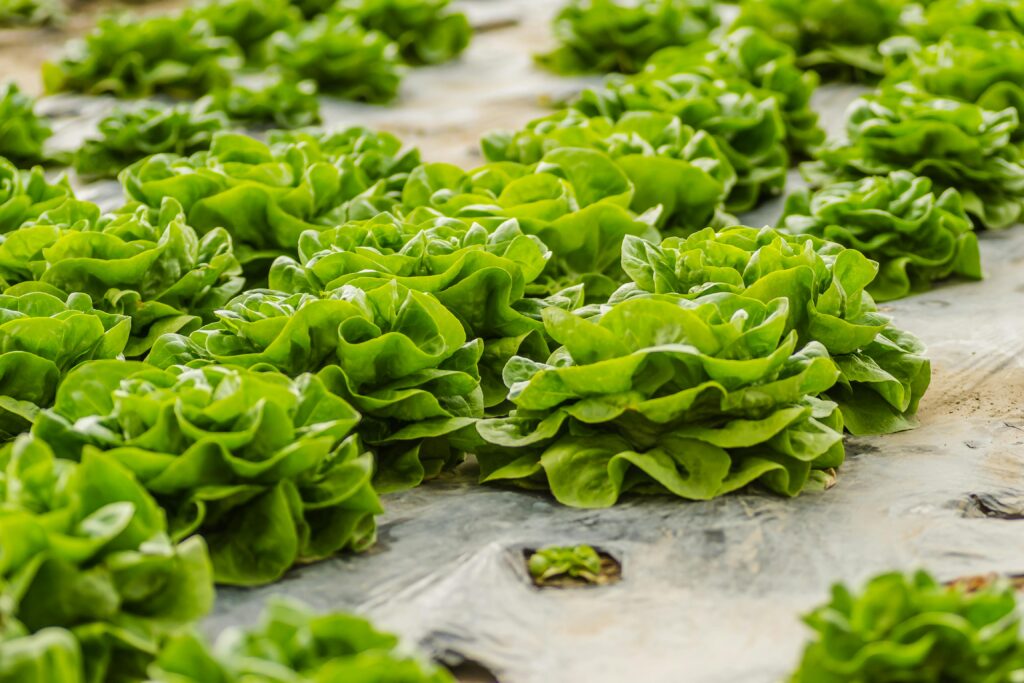
Lettuce is one of the easiest vegetables to grow indoors, and it thrives in cool temperatures. It grows best when the temperature is between 55 degrees F and 70 degrees F, making it perfect for indoor gardening. You can start planting lettuce at any time of the year, but it is especially ideal to start in early spring or fall. Lettuce needs indirect light and can be grown in containers or small hydroponic systems.
To grow lettuce indoors, make sure to provide consistent moisture and avoid letting the soil dry out. It can be harvested in about 30 to 45 days, depending on the variety. Lettuce grows quickly, so you can continuously harvest and enjoy fresh leaves. It is a great vegetable for beginners looking to grow indoors.
Spinach
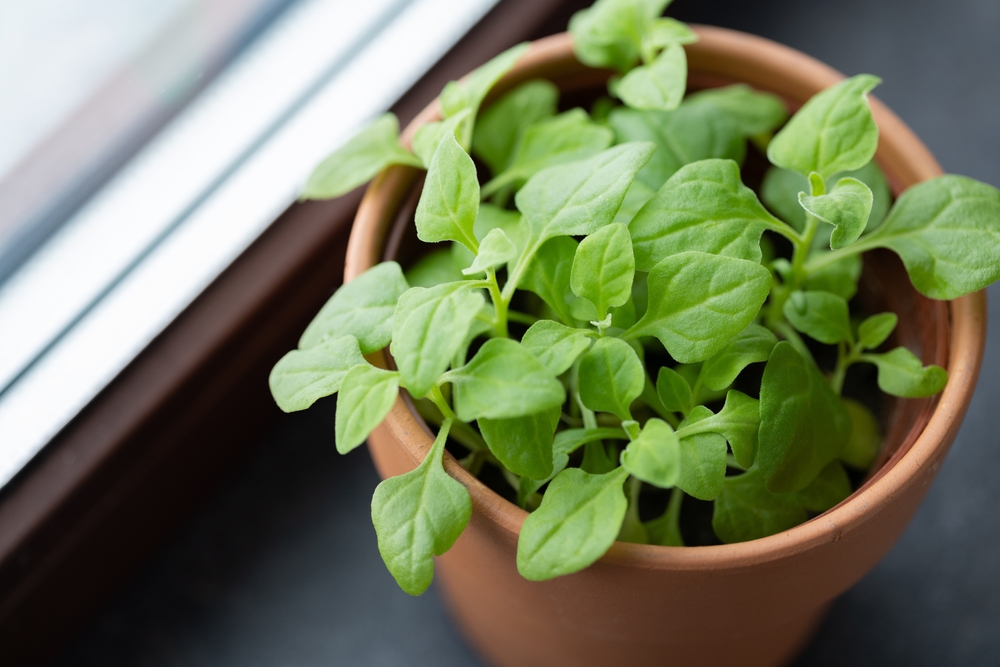
Spinach is another vegetable that does well indoors in cooler temperatures, typically between 50 degrees F and 70 degrees F. It grows quickly, and you can start planting it indoors in early spring or fall. This vegetable thrives with about 6 hours of indirect sunlight a day, making it suitable for indoor growing. Spinach grows best in containers with well-draining soil.
You should water spinach regularly to keep the soil moist but not soggy. It is ready for harvesting in about 30 to 45 days, allowing you to enjoy fresh, nutrient-packed leaves. Spinach is perfect for those who want an easy, fast-growing vegetable indoors. You can continue to harvest leaves throughout the growing season for a continuous supply.
Herbs (Basil, Parsley, Cilantro)

Herbs like basil, parsley, and cilantro are perfect for growing indoors as they thrive in warmer temperatures of about 60 degrees F to 75 degrees F. These herbs can be planted anytime, but starting in early spring or early winter is ideal. They require plenty of sunlight, so placing them in a sunny window or under grow lights will help them grow best. These herbs can be grown in small containers or pots, making them perfect for small indoor spaces.
To grow these herbs successfully indoors, ensure they are watered consistently, but allow the soil to dry slightly between waterings. Regular trimming will encourage healthy growth and prevent them from getting too leggy. They are perfect for adding fresh flavor to meals year-round. Their compact size and quick growth make them a great choice for indoor gardeners.
Radishes
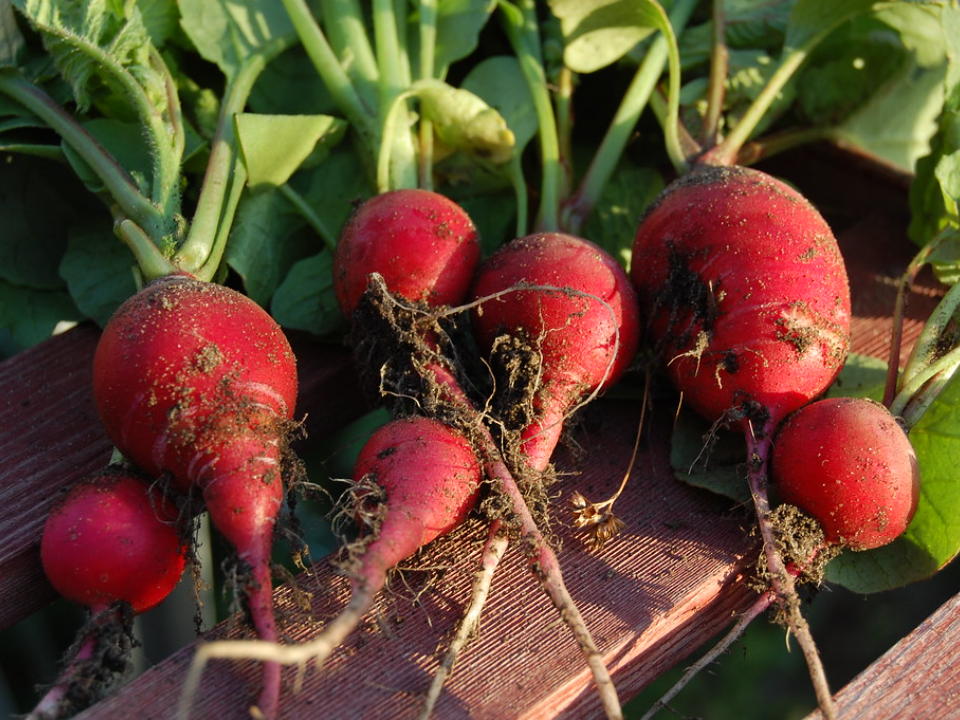
Radishes are a great indoor vegetable, as they grow quickly and do not require much space. They thrive in temperatures between 50 degrees F and 70 degrees F, making them ideal for indoor gardening. You can start planting radishes anytime, but they are especially great for early spring planting. Radishes require about 4 to 6 hours of indirect light per day to grow well indoors.
Radishes are ready to harvest in about 25 to 30 days, making them one of the fastest-growing vegetables. Be sure to provide them with well-draining soil and water them consistently to prevent the roots from becoming too tough. Radishes are a great option for beginners who want quick results from their indoor garden. You can grow them in containers or small pots on windowsills.
Green Beans
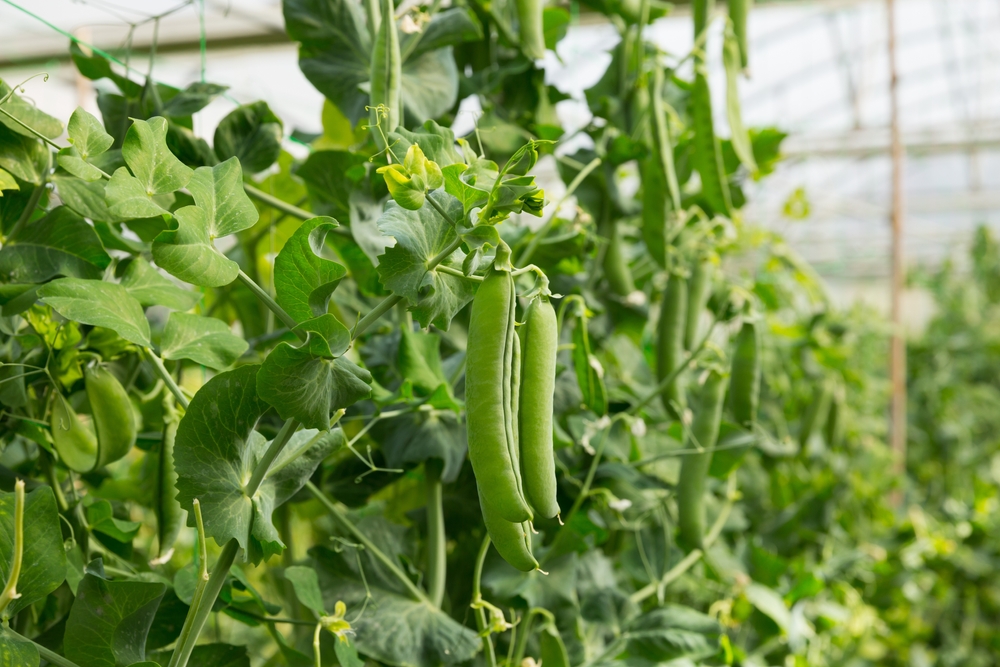
Green beans can be grown indoors, though they require a bit more space than some other vegetables. They prefer warmer temperatures between 70 degrees F and 75 degrees F. You can start planting them in late spring or early summer for optimal growth indoors. Green beans need a good amount of sunlight, ideally 6 to 8 hours a day, so place them in a sunny spot or under grow lights.
To grow green beans indoors, ensure they have enough space to spread out or use vertical gardening techniques, such as trellises. Regular watering and well-draining soil are key to preventing waterlogging. Green beans can be harvested within 50 to 60 days from planting. These vegetables are great for adding a fresh, homegrown touch to your meals.
Kale
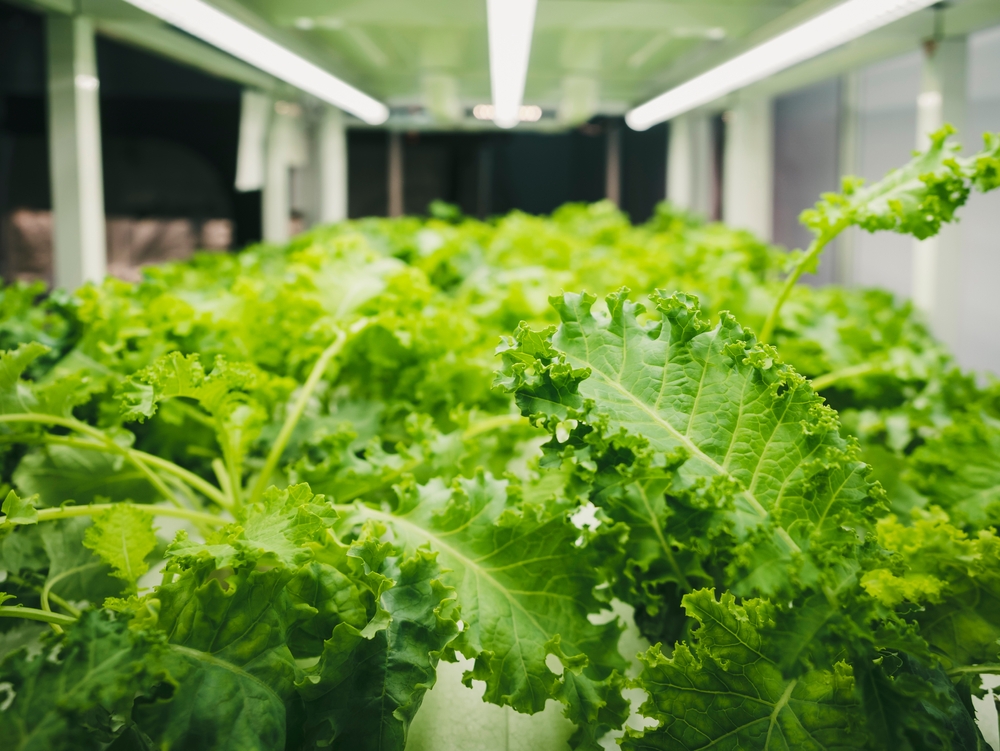
Kale is a cool-weather vegetable that does well indoors, especially in temperatures ranging from 55 degrees F to 70 degrees F. It is perfect for indoor gardening, as it can tolerate low light and does not need full sun all day. The best time to plant kale is in early spring or late fall, as it thrives in cooler conditions. Kale can be grown in containers or small raised beds indoors.
Kale requires regular watering to keep the soil moist but not waterlogged. It typically takes 50 to 75 days to reach full maturity, but you can begin harvesting the leaves sooner for baby kale. This leafy green is perfect for smoothies, salads, or soups. It grows well indoors and provides a continuous supply of fresh greens.
Tomatoes (Dwarf Varieties)
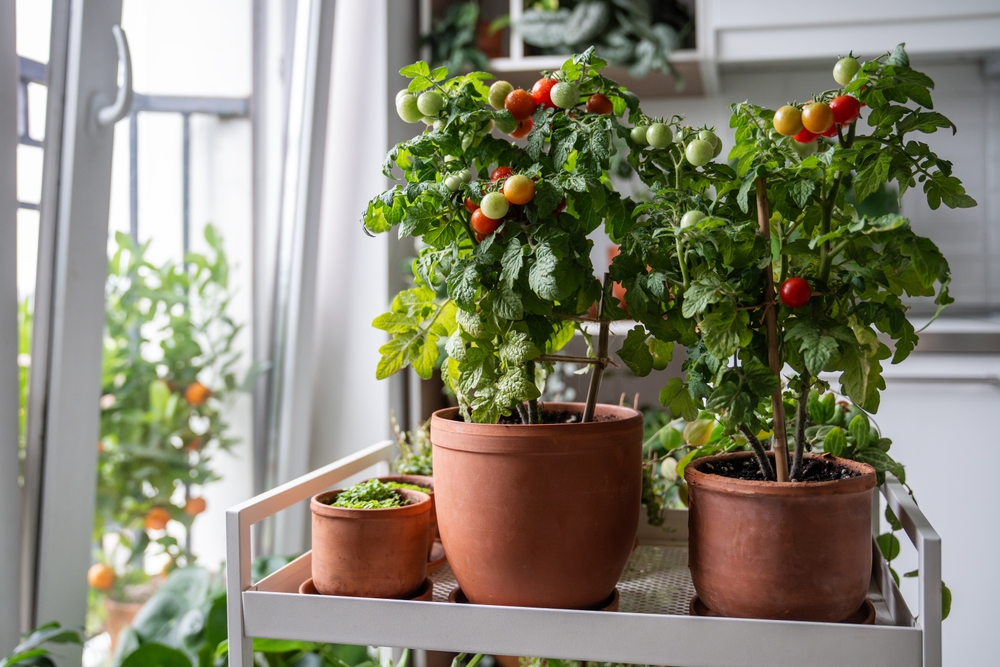
Dwarf tomato plants are ideal for growing indoors as they do not require as much space as larger varieties. These plants prefer temperatures between 65 degrees F and 75 degrees F and need at least 6 hours of sunlight each day. The best time to start planting indoor tomatoes is in early spring. Dwarf varieties such as Tiny Tim or Micro Tom are especially suitable for indoor growing in containers or small pots.
Tomatoes need consistent watering, especially during the fruiting stage, and should be grown in well-draining soil. They can begin producing fruit within 50 to 60 days, allowing you to enjoy fresh tomatoes throughout the year. A small indoor tomato plant can yield a surprising amount of fruit. These plants thrive indoors with proper care, making them a great option for year-round harvests.
Chard
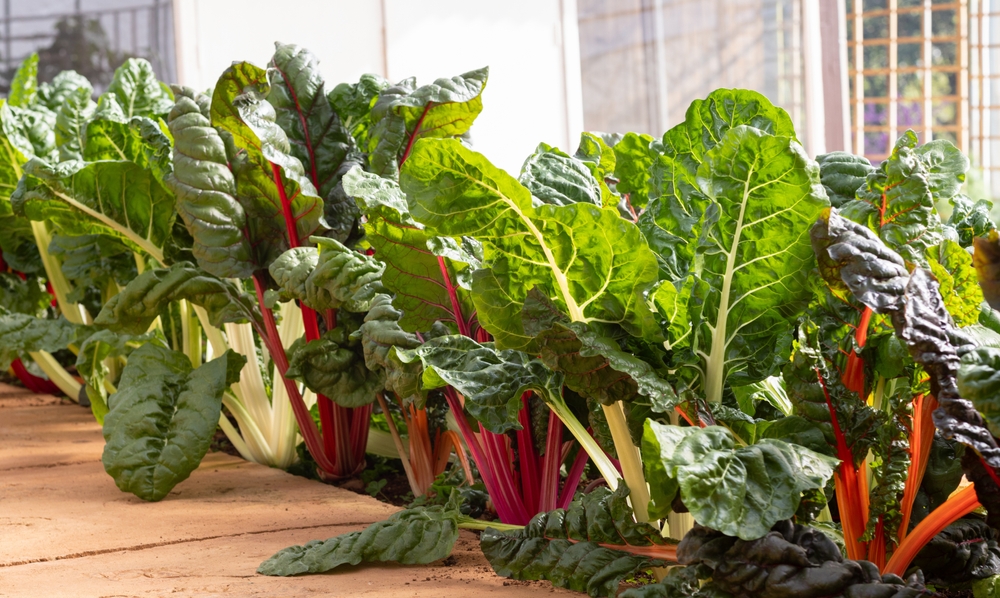
Chard is a versatile leafy green that can thrive indoors in temperatures between 55 degrees F and 70 degrees F. It can be planted indoors year-round, but it grows best when started in early spring or fall. Chard needs about 4 to 6 hours of indirect light per day, which makes it ideal for windowsills or other well-lit indoor areas. It can be grown in containers or raised beds, making it suitable for small spaces.
Chard is a fast-growing vegetable that typically takes about 50 to 60 days to mature. Its leaves can be harvested throughout the growing season, starting when they are young. Chard is perfect for adding a boost of nutrition to any meal, and it grows well indoors with minimal effort. Regular watering and occasional fertilization will keep your chard healthy and thriving.
Peppers (Small Varieties)
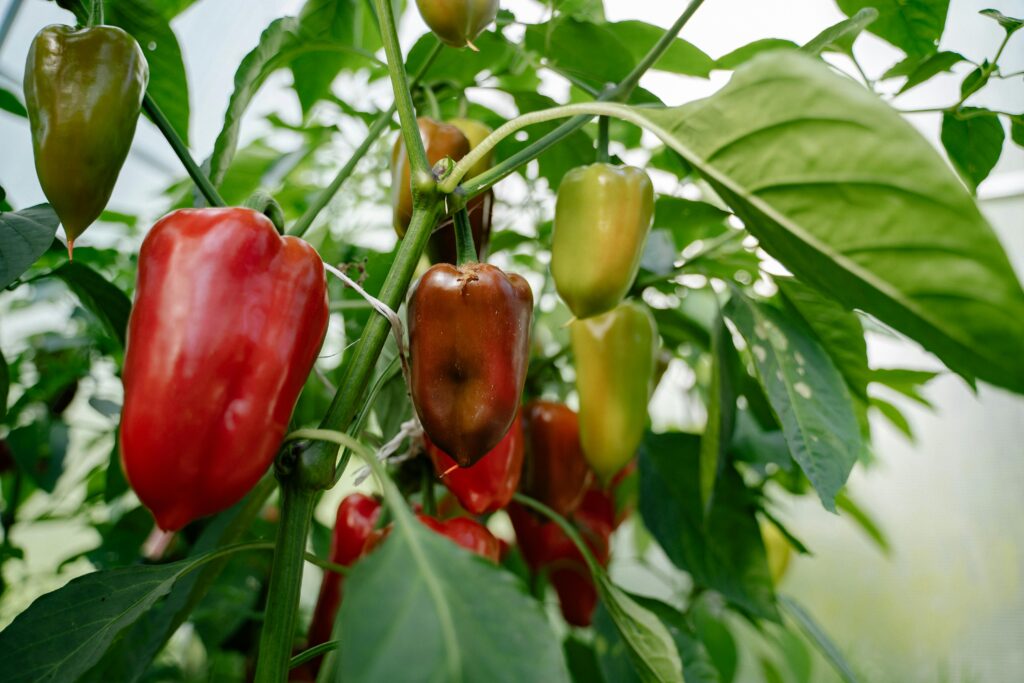
Small pepper varieties, such as chili or bell peppers, can be successfully grown indoors. These plants require a warm temperature range between 70 degrees F and 80 degrees F to thrive indoors. The best time to start planting peppers indoors is in early spring when the weather is still cool. Peppers need at least 6 hours of sunlight per day, so placing them in a sunny window or using grow lights is essential.
Peppers are relatively easy to grow indoors if given consistent moisture and well-draining soil. They typically take 60 to 90 days to mature, depending on the variety. Indoor-grown peppers can yield a good harvest, especially in small pots or containers. These vibrant vegetables add flavor and color to your home-grown meals.
Microgreens
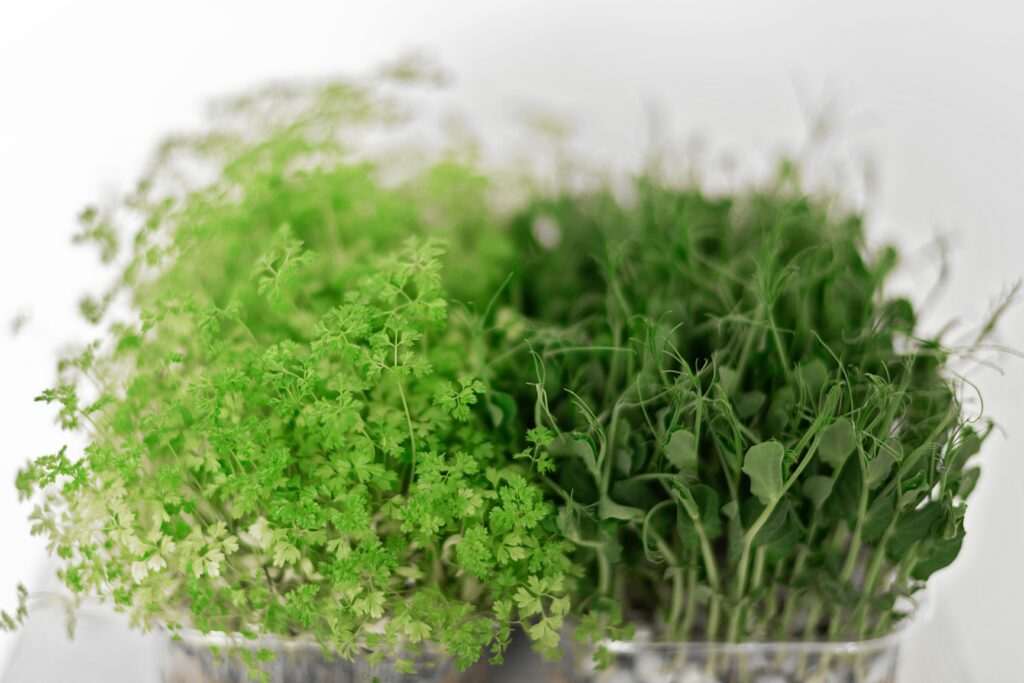
Microgreens are young edible greens that are harvested just after the first true leaves have developed. They grow best in temperatures ranging from 55 degrees F to 70 degrees F, making them ideal for indoor gardens. Microgreens can be planted indoors year-round, with the best time to plant being in the early spring or fall. They require only about 3 to 4 hours of indirect sunlight, so they can thrive in less sunny areas.
These tiny vegetables are packed with flavor and nutrients, making them an excellent addition to any dish. They grow quickly, typically within 7 to 14 days, and can be harvested as soon as they reach the right size. Microgreens are great for small indoor spaces and offer a fresh, healthy option for homegrown food. They can be grown in shallow containers, making them perfect for windowsills or kitchen counters.
Carrots (Baby Varieties)
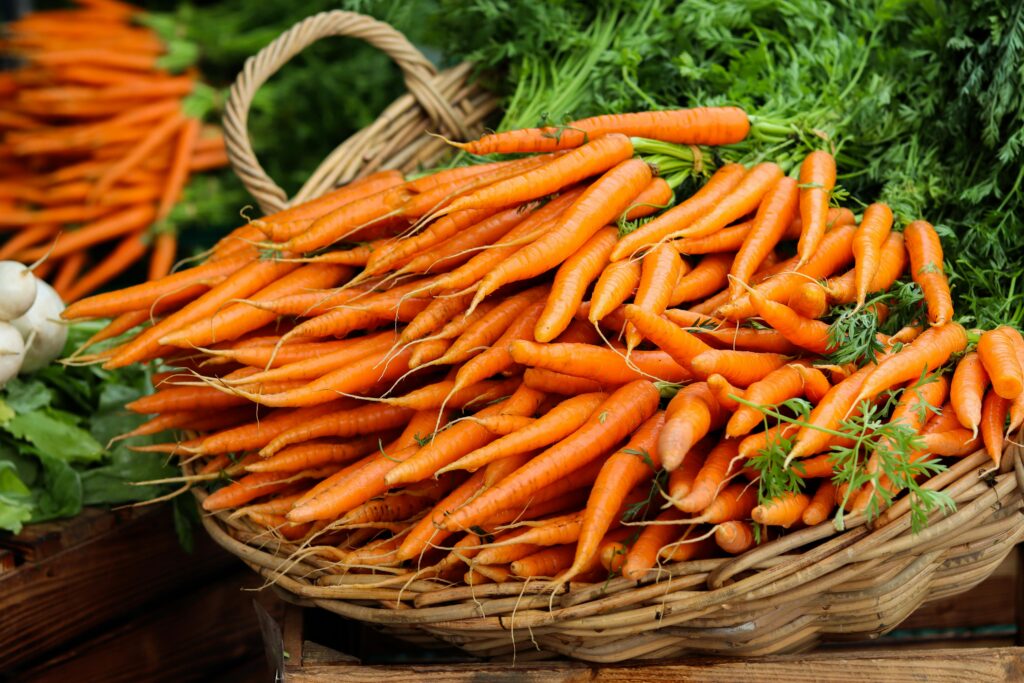
Baby carrots are perfect for indoor gardening as they require minimal space and grow well in containers. These small carrots thrive in temperatures between 60 degrees F and 70 degrees F, making them suitable for year-round planting. The best time to plant baby carrots indoors is in early spring, although they can be grown at any time of the year. Carrots need about 4 to 6 hours of sunlight each day, so place them in a well-lit spot or use grow lights.
To grow carrots indoors, choose a deep container to allow the roots to develop properly. Baby carrots typically take 30 to 50 days to mature, making them a quick-growing vegetable. Regular watering is essential to keep the soil moist and encourage root growth. Baby carrots are perfect for snacking or adding to salads and other dishes.
Growing vegetables indoors is a rewarding way to enjoy fresh, homegrown produce all year long. These plants not only provide fresh ingredients for your meals but also bring a sense of accomplishment and connection to nature. Indoor gardening allows you to enjoy healthy, sustainable food no matter the season.
This article originally appeared on Avocadu.
